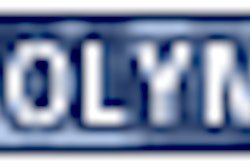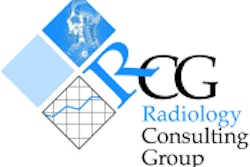CHICAGO – Variations in radiology resident call arrangements are most influenced by geography and program size, according to researchers in New York City. Dr. Olga Bauman-Fishkin, Ph.D., and colleagues presented a comparison of call programs in the U.S. in a poster presentation at the RSNA meeting.
The group decided to undertake this study because of the decreasing number of radiology residents, the growth in off-hour cross-sectional imaging, and the general increase in workload that is adding stress to the lives of residents.
For this study, 193 surveys were sent to all residency programs in the U.S., the majority of which (104) were based in the northeast. Programs were classified as small (less than 11 residents), medium (11-20), large (21-30), and very large (31 and over). The group reported a 51% survey return rate from the northeastern programs and 55% return rate from the rest of the country.
The returned surveys were analyzed for the following information:
- Number of residents in a program
- Number of residents on call in the evenings, at night,
on weekends, and on holidays
- Number of emergency exams per year
- Number of in-hospital attending
- Coverage by ancillary personnel (IV contrast
administration; ultrasound coverage)
- The presence or absence of a Level I trauma center
- Number of hospital sites
- Mean number of calls per year of training
- Mean training time before call
- Presence of a night-float system
Overall, the mean number of calls in four years of residency was 132 evenings and 121 nights, with residents in the northeast taking a higher number of calls (p<0.005), even in smaller programs.
The mean number of calls per year of training ranged from 16-46, with PGY 3 residents doing the bulk of on-call duty and PGY 5 residents taking on the least. The number of training months varied according to the size of the program: In a small program it was 5.7 months; in a medium program, 6.4 months; in a large program, 6.1 months; and 6.7 months in a very large program.
The mean number of emergency exams per resident per year was 3,239, with the number significantly higher in the northeast (3,869). In all regions, an ultrasound RT was on-call for 83% of the programs.
Finally, while 47% of the programs had a night-float system, only 28% had on-site attending coverage. There were fewer personnel available as ancillary staff in the medium-sized programs and in the northeast.
Bauman-Fishkin and colleagues came to the following conclusions based on their survey results: Residents in small programs start call earlier, take calls more frequently, and tackle more difficult cases. The average length of training before starting call was 6.2 months. Residents in the northeast have less help so the bulk of the on-call work falls on junior residents.
They noted in particular that Year 4 residents seem to beg off from call duty because they must study for their oral board exams. However, they do so “at the expense of having less experienced residents taking more call.”
By Shalmali Pal
AuntMinnie.com staff writer
December 6, 2002
Copyright © 2002 AuntMinnie.com



















